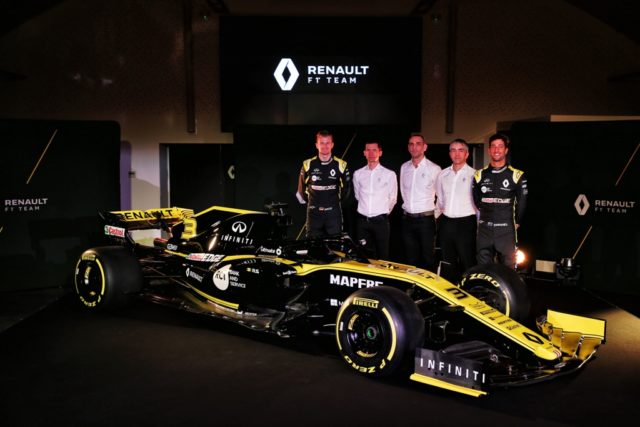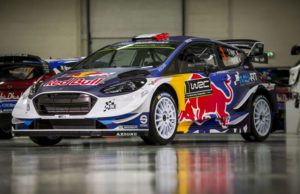Rémi Taffin has been part of Renault’s Formula 1 involvement since 1999 and currently takes overall responsibility for the power unit developed at the Viry-Châtillon site. Rémi ensures the team of engineers produce an optimised unit that works in perfect harmony with the chassis.
After studying as a mechanical engineer at ESTACA, an engineering specialised school in Paris, Rémi’s first experience of motor-racing was in 1998. Then he was a race engineer for Signature in Formula 3. In 1999, Rémi joined Renault working across the roll call of clients. That included British American Racing (as race engineer to Ricardo Zonta), Arrows (as race engineer for Jos Verstappen), Benetton and Renault F1 Team.
Taffin has worked directly with two World Champions, Jenson Button and Fernando Alonso, engineering the latter to victory in his two title-winning years
Rémi continued his race engineering role with Heikki Kovalainen in 2007 and Alonso again in 2008.
Rémi stepped up to manage Renault F1 track activities in 2009. Then with the creation of Renault Sport F1 in 2011, he took responsibility for the on-track engine performance of Renault Sport F1’s partners. Rémi oversaw customer support for the Renault-powered teams. He was instrumental in the four world titles secured by Red Bull Racing in the V8 era.
In 2014 Taffin became Director of Operations. He managed the teams of engineers and technicians in the dynos and assembly department at Viry. Since 2016, Rémi has managed Renault’s power unit development as Engine Technical Director.
What has the team learnt from last year with its power unit development?
We confirmed last year that the direction we were developing the engine was the right method and that meant we could continue our efforts into 2019. Viry has been very busy over the winter and we have worked as late as possible to embed as much performance and reliability. We have now built the test engines and we are about to sign off race engines. We’re satisfied with what we’ve been able to produce. We’ve pushed on the pure performance element while also keeping a hand on reliability.
We’ve seen some major changes in Enstone this year, and Viry will undergo some major building work too. Can you explain?
We are constructing a new building for all our operational activities in order to improve the fluidity of our organisation. We will continue working on our test tools, ensuring we have the right and most up to date technology. A new dyno will be commissioned shortly, which is multifunctional and can test the gearbox with the engine, the engine on its own, the ERS on its own and the engine with the rear end of the car. We have to keep the future in mind in anticipation of 2021 and looking after our preparation for that.
What’s the feeling within the team ahead of the season?
We are beginning to see the benefits between the collaboration of staff across both sites in Enstone and Viry. On the surface, we have seen new buildings and tools put in place. But we can’t forget the people at the heart of the project. There is a growing feeling that we can fight back at the top and staff are buying into that. There is no fear, we know we can do the job. We have people within the team who aren’t shy of the challenge to compete at the top. We know we have what it takes to deliver. Having two strong drivers in Nico and Daniel brings even more motivation and people within the team are convinced they can do a very good job. It delivers inspiration for staff to have an idea and subsequently develop that idea to the race car as quickly as possible.
































